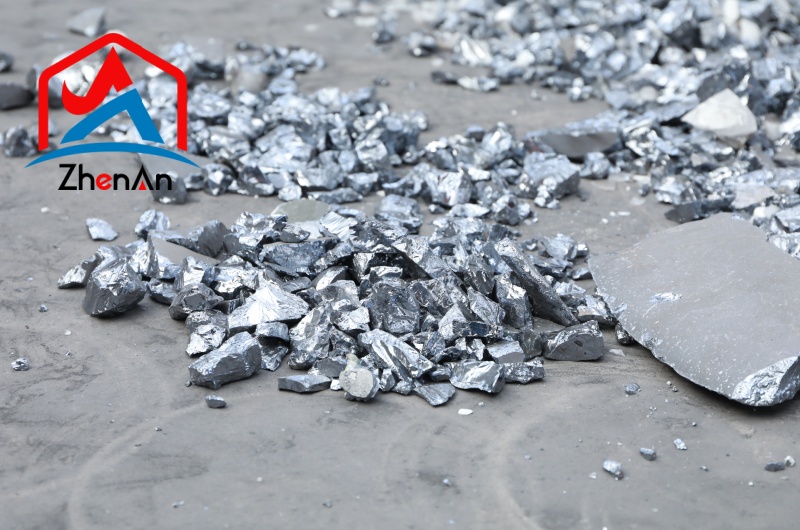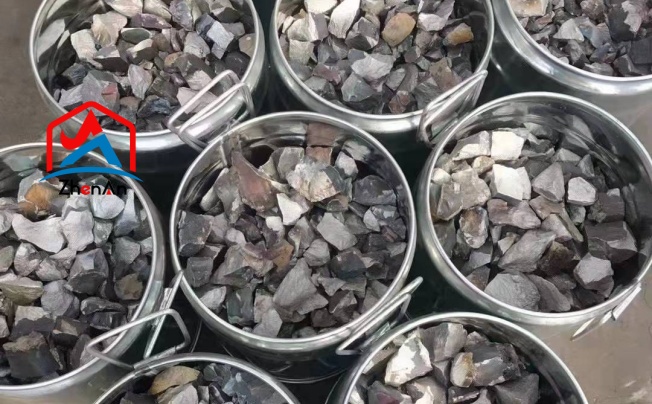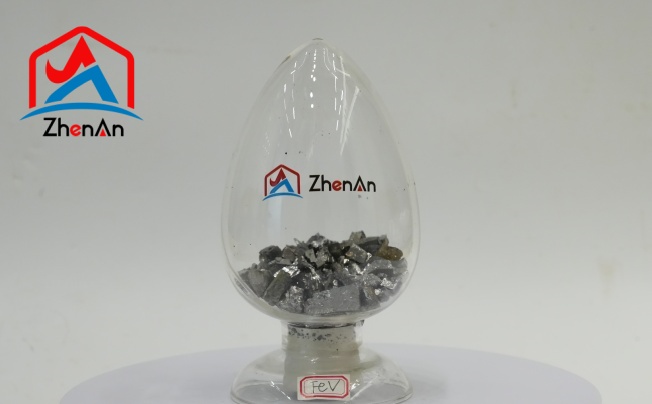BY  GENN
GENN
2024/08
Blog
Is Silicon Metal Powder Worth The Money?
Silicon metal powder, a finely processed form of silicon, is a critical material in various high-tech and industrial applications. Characterized by its high purity and specific particle size, silicon metal powder is distinguished from other silicon forms by its unique properties and its role in technological advancements.
Understanding the Composition and Production
Silicon metal powder is primarily composed of silicon, a metalloid element with a high degree of purity. Its production involves extracting silicon from silica, a common mineral found in sand, and then reducing it to a finer, more usable form.
The process begins with the purification of silica, which is then mixed with carbon and subjected to high-temperature reduction in an electric arc furnace. This reduction process transforms silica into molten silicon, which is subsequently cooled and ground into a fine powder.
The purity and properties of the final powder are influenced by the precision of these production methods. Raw material sourcing is a critical aspect of silicon metal powder production.
Silica, the primary raw material, is abundant and widely available, but its quality can vary, affecting the overall quality of the silicon produced. Carbon, used in the reduction process, also impacts the final product.
Advances in sourcing and processing technologies aim to enhance the efficiency and reduce the environmental impact of these raw materials. Innovations in mining and carbon processing continue to improve the sustainability and cost-effectiveness of silicon metal powder production.
Traditional vs. Advanced Reduction TechniquesThe production of silicon metal powder can be achieved through various reduction techniques, ranging from traditional to advanced methods. Traditional techniques often involve the use of high-temperature electric arc furnaces, which, while effective, can be energy-intensive and costly. More modern approaches are focusing on improving efficiency through innovations such as plasma arc furnaces and more precise control of reduction conditions. These advanced techniques offer potential benefits in terms of reduced energy consumption, lower production costs, and improved quality control, making them increasingly attractive to manufacturers.
Applications and Market Demand
The Versatile Applications of Silicon Metal Powder
Silicon metal powder finds extensive application across several high-tech and industrial fields. In the semiconductor industry, it is used to manufacture silicon wafers, which are fundamental to the production of microchips and other electronic components. These wafers must meet stringent purity standards to ensure optimal performance in electronic devices.
The solar energy sector also relies on silicon metal powder for producing photovoltaic cells, which convert sunlight into electricity. The efficiency and cost-effectiveness of these cells are directly influenced by the quality of the silicon used.
In metallurgy, silicon metal powder is employed to create a range of alloys, including those used in automotive and aerospace applications. These alloys benefit from silicon’s ability to enhance strength, ductility, and resistance to oxidation.
The diverse applications highlight the essential role of silicon metal powder in driving innovation and efficiency across various industries. The demand for silicon metal powder is closely linked to advancements in technology and the increasing adoption of renewable energy sources, which continue to fuel its market growth.
Market Trends and Demand Drivers
The market for silicon metal powder is influenced by several dynamic factors, including technological advancements, energy sector growth, and industrial developments. As technology evolves, there is a growing demand for high-purity silicon in advanced electronic devices and renewable energy technologies. The expansion of solar energy infrastructure and the ongoing push towards more energy-efficient solutions further drive the need for high-quality silicon metal powder.
Additionally, the automotive and aerospace industries’ continuous quest for improved material performance contributes to the steady demand for silicon-based alloys. Future market trends suggest a robust growth trajectory for silicon metal powder.
Innovations in production techniques and increased focus on sustainability are expected to enhance the material’s appeal and accessibility. As industries continue to seek more efficient and environmentally friendly solutions, silicon metal powder’s role as a key component in technological and industrial applications will likely become even more pronounced.
Performance and Quality Considerations
Ensuring Quality and Performance in Silicon Metal Powder
The performance of silicon metal powder is closely tied to its technical specifications and purity levels. High-quality silicon metal powder must meet rigorous standards to ensure its suitability for electronic, solar, and metallurgical applications.
Key performance metrics include particle size distribution, purity, and consistency, all of which impact the efficiency and reliability of the final products. Manufacturers and users must ensure that the silicon metal powder meets these specifications to achieve optimal performance in their applications.
The impact of silicon metal powder on end products is significant. In the semiconductor industry, for instance, the quality of silicon directly affects the performance of microchips and electronic devices.
Similarly, in the solar energy sector, the efficiency of photovoltaic cells is dependent on the quality of silicon used. Ensuring that silicon metal powder adheres to high-quality standards is essential for maintaining the performance and reliability of these critical technologies.
Quality Standards and Certifications
Quality standards and certifications play a crucial role in the silicon metal powder industry. Various standards, such as those set by organizations like ASTM International, ensure that silicon metal powder meets specific purity and performance criteria.
Certifications such as ISO 9001 further validate the adherence to quality management systems and consistent production practices. These standards and certifications help maintain industry-wide trust and ensure that silicon metal powder meets the demands of high-tech and industrial applications.
Environmental and Sustainability Aspects
Balancing Production with Environmental Responsibility
The production of silicon metal powder has notable environmental impacts, including energy consumption and emissions. Traditional production methods, which rely on high-temperature electric arc furnaces, are energy-intensive and can result in significant carbon emissions.
Efforts are being made to address these environmental concerns through the development of more sustainable production techniques and the adoption of cleaner energy sources. By incorporating these advancements, the industry can work towards reducing its environmental footprint and enhancing overall sustainability.
Recycling and circular economy initiatives are also gaining traction in the silicon metal powder industry. These practices aim to reduce waste and promote the reuse of materials, contributing to a more sustainable production process.
Initiatives such as recycling silicon from used photovoltaic cells and electronic devices help mitigate the environmental impact of silicon production. By embracing these practices, the industry can support the broader goal of environmental stewardship and resource conservation.
Certification and Industry Practices
Sustainability certifications and industry practices are becoming increasingly important in the silicon metal powder sector. Certifications such as ISO 14001 focus on environmental management and help guide companies in implementing practices that reduce their environmental impact.
Industry-wide efforts to enhance sustainability include investing in energy-efficient technologies and promoting best practices in resource management. These certifications and practices reflect a growing commitment to environmental responsibility and align with broader trends toward sustainability in manufacturing and production.












